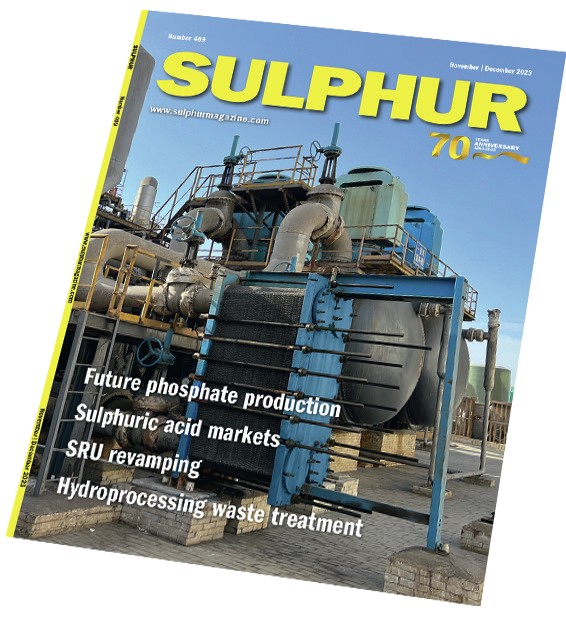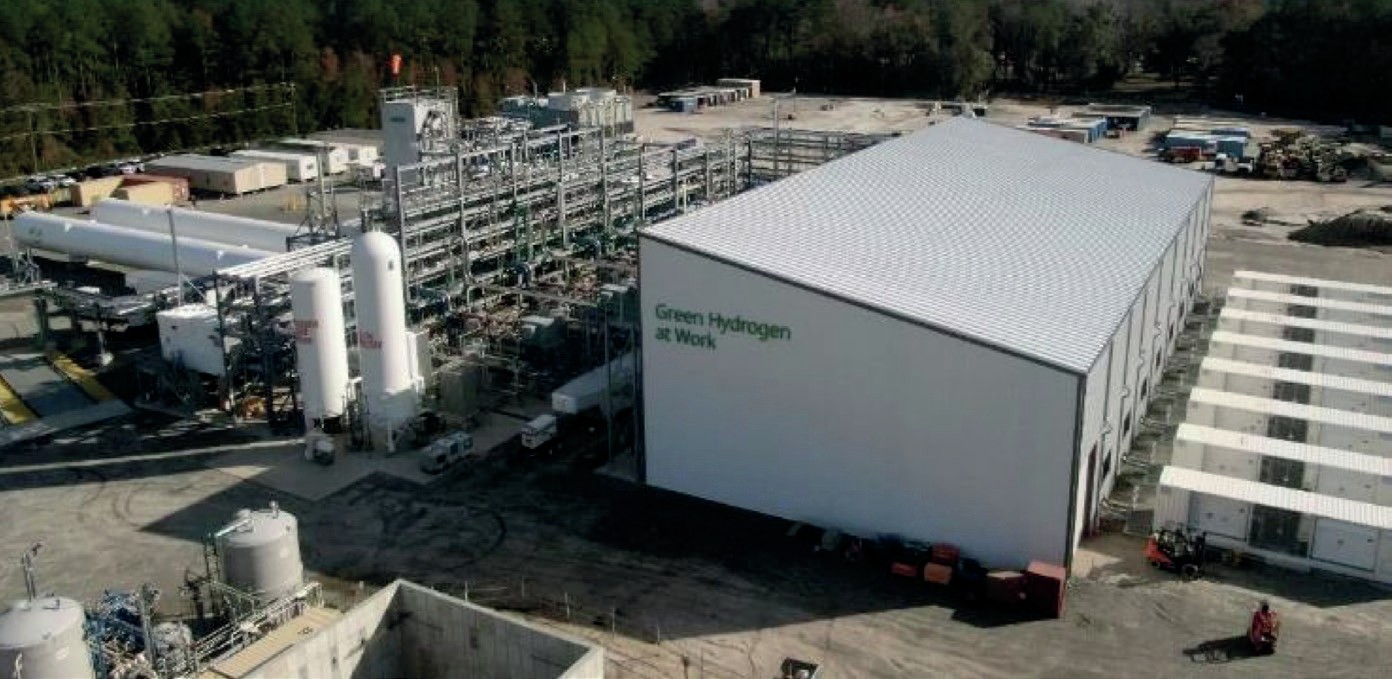Sulphur 409 Nov-Dec 2023

30 November 2023
Change is already here

“The energy transition is already changing the way that the sulphur market works…”
One of the things that produced a lot of worried news headlines over the past couple of years is whether the energy transition is likely to lead to a shortage of sulphur as we switch away from fossil fuels on a large scale. As we’ve discussed in this magazine, those fears are overblown, certainly in the medium term future. Peter Harrison of CRU tackled the issue in his sulphur markets presentation at the recent Sulphur and Sulphuric Acid conference in New Orleans, and while he did admit to some reduction in sulphur supply from oil in the 2030s and increasing into the 2040s, increased sulphur recovered from sour gas is likely to more than make up for that at least until the 2040s. But one of the things that did strike me about his presentation is the extent to which the energy transition is indeed already changing the way that the sulphur market works, and will increasingly do so over the next few years.
The reason for this is battery technology and the metals required for the rapid uptake of electric vehicles. In particular, rapidly increasing global demand for nickel and lithium is driving major project expansions in Indonesia and the US respectively. Indonesian high pressure acid leach nickel projects are coming on stream and beginning to use increasing amounts of imported sulphur, possibly up to 4 million t/a over the next few years. Likewise US lithium leaching projects will need acid and most have dedicated sulphur burning acid plants that will need additional volumes of sulphur. This comes at a time when US refineries are closing or converting to biofuels – another fruit of the energy transition – reducing US domestic sulphur production and leading to increasing imports. Net US sulphur imports could reach 3 million t/a by 2028. As Chinese imports of sulphur decline, we will see more cargoes heading for the US and Indonesia, changing the patterns of world sulphur trade. Indeed, Morocco, Indonesia and the US together represent almost all incremental new import demand for sulphur over the next five years.
Patterns of sulphur supply are changing too, but here not because of the energy transition, but rather because of the construction of new globally-oriented refineries in the Middle East and new sour gas exploitation, especially in the UAE. Abu Dhabi is already the largest sulphur exporter in the world, but this could rise past 11 million t/a over the next few years due to projects like the Shah expansion – one of the reasons that the world is not going to run out of sulphur any time soon!
The sulphur industry has already seen some major shifts in where sulphur is produced and consumed. The decline of sour gas production in North America and its rise in China, Central Asia and the Middle East, and the drift of refining capacity from Europe and North America to Asia has already been a profound change on the supply side, and the rise of phosphate production in China, India, Brazil and Morocco and metal leaching in Chile, Africa and the Philippines have also been major changes on the demand side. But it appears that we are now on the cusp of a change that will be equally momentous, and we are only just seeing the beginning of it.






